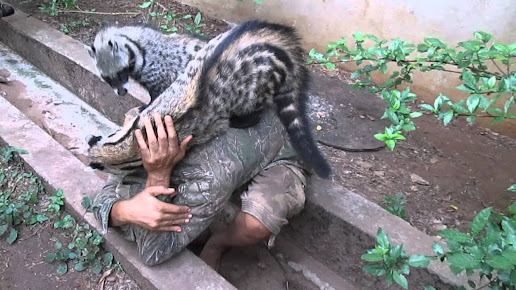The Damara Dik Dik - Namibian Wildlife

The Damara dik-dik, or Kirk's dik-dik, is the Namibian kind of the more normal steenbok. Aside from being a lot more uncommon than their far-off cousin, the Damara dik-dik is likewise more modest with a dark earthy colored chest area rather than rufous (a ruddy brown) shaded, and has an unmistakable peak of long hair on their temple which is missing in the steenbok. All information regarding dik-dik is available on Etosha App . Dik-dik is very regional, yet non-violent, essentially continuing on toward another domain notwithstanding fierce opposition. They are most frequently found two by two, or independently, and are remembered to mate forever. Curiously, dik-dik youthful are brought into the world with their legs extended in reverse along their sides rather than advanced like most gazelle. Screen reptiles, caracals, lions, hyenas, and wild canines are their principal hunters, yet they have likewise pursued their skins which are well known for making gloves, with one skin yieldi...







